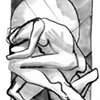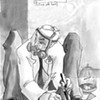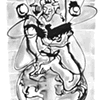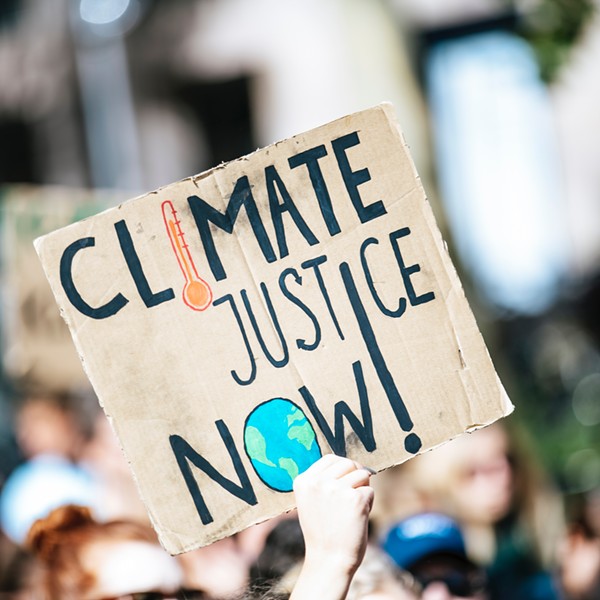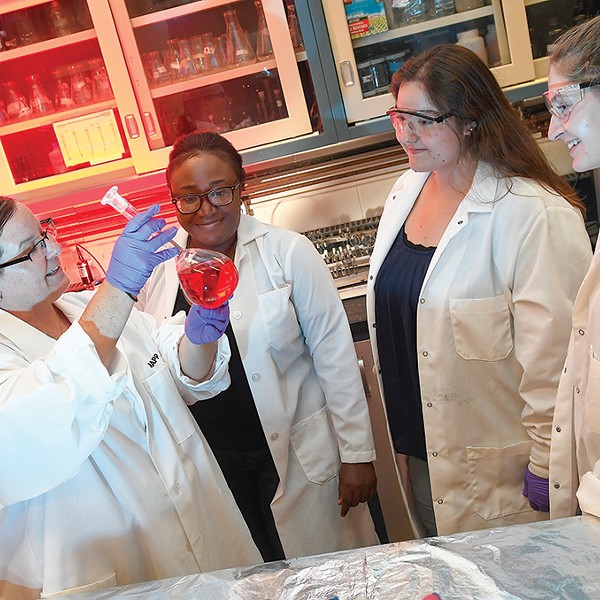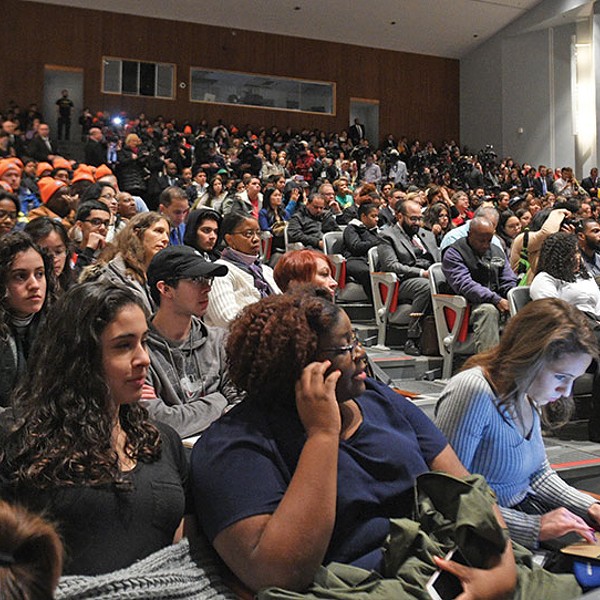Last, the protocol used to declare student areas safe assumes there is a safe level, that a little bit of contamination is okay as long as it’s below “published safety limits.” While the state government may have such limits in its files, they are based on science from the early 1980s. Contemporary studies are by no means in agreement that there is a safe level. No known “no effect” level can be found. There are global issues here. While exposure to a “low” pcb level might not make everyone sick, and while indeed it may be fine for most people for a while, any level adds to what is already in the body. And those levels are of serious concern. pcbs and their cousins at current “background levels” in air and food are responsible for endocrine system disorders, immune issues, cancer effects, and birth defects including multigenerational cancers.
In a contamination situation, not everyone exposed is at equal risk. The weak, people who are already sick, those with prior exposures, those with genetic predispositions or immune problems, and those who are unfortunate enough to wind up in hot spots (such as those who take a lot of showers or sleep near the heater) are at greater risk from what is presumed to be the same exposure for everyone.
One last point on the “safe level” issue. The safety limits don’t account for the combined effects of pcbs, plus certain more toxic pcbs that were not understood when the safety levels were made up in the early 1980s (called coplanar or dioxin like pcbs), plus dioxins and furans, plus chemicals that were not even checked for—chlorinated benzenes. Chlorinated benzenes are almost always present where pcbs are present, and they are known to be a serious health hazard, especially when they have been partially burned. But they are not an issue in New Paltz because nobody tested for them. And nobody is looking at the combined effect issue.
Understanding that there is no safe limit and understanding the deficiencies in the state’s methods, I took a different sampling strategy last month. (The results of my sampling are chronicled in the April ‘04 issue, archived at www.chronogram.com.) I simply looked for pcbs wherever I might find them, on the presumption that, in nature, all things eventually disperse. I pulled samples where I knew pcbs would be hiding: in the vents, in the dust in radiators, in an electrical box, and in basement sediment in Gage Hall. In most instances, I found pcbs at levels that exceeded either state or federal safety levels, usually greatly. Both Capen and Gage, for example, show levels in their vents that exceed the limits for a toxic waste facility.
I also used a different analytical method, which has come under suspicion by state officials. In the method used by my lab, we checked for pcbs in solid material at parts per million. The state uses wipe samples that check for millionths of a gram per 900 square centimeters. I used my method because I was sampling dust, grit, and sediment, not checking surfaces.
In any event, it amounts to the same thing: checking for a level of pcbs. What’s more significantly different is how I took my samples: honestly, and with student witnesses. I am not saying that the seven samples I took in February are the be-all and end-all of this situation; I am saying that they point to the need for more honest testing. I will believe state tests only under the following conditions:
1. That they sample where pcbs are known or likely to be, and address the hot spot issue, and sample under special conditions—such as checking shower steam and the air above hot radiators.
2. That community witnesses are present at the time of sampling, and that these witnesses supervise custody of the samples until they are delivered to the FedEx driver.








